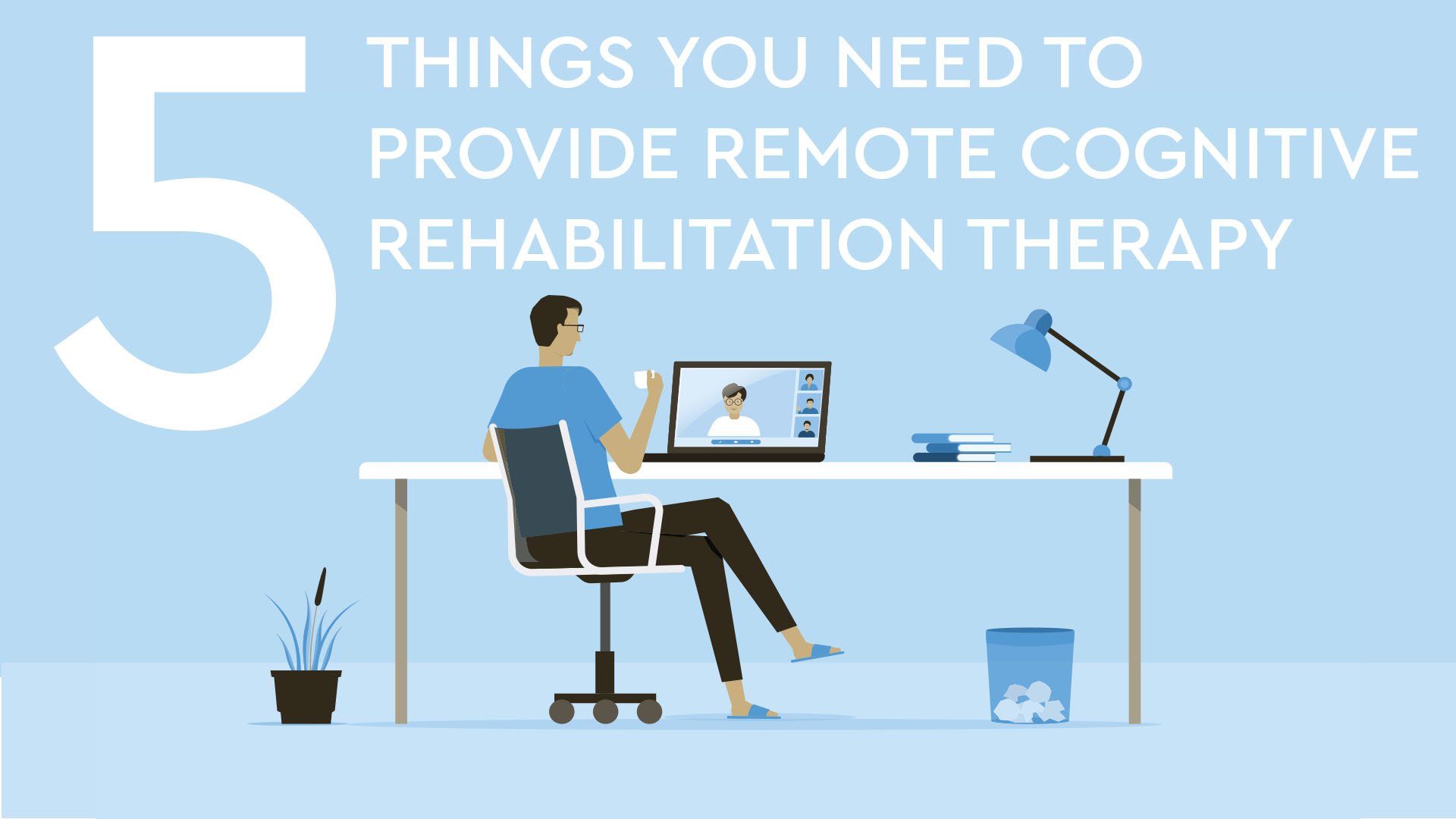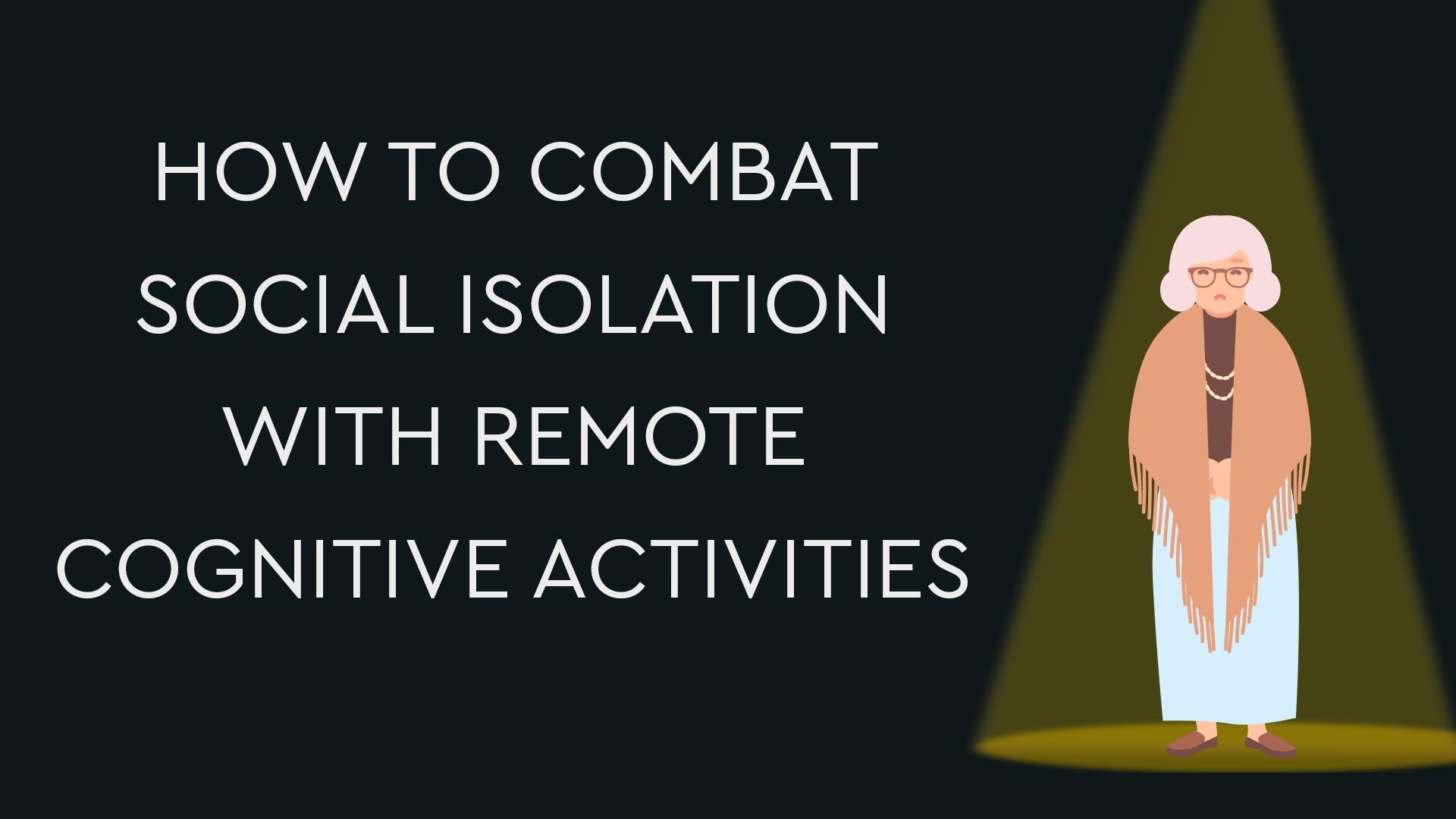23 Nov 5 Benefits of Occupational Therapy for Seniors
Yes, you can! This blog post will tell you why. Telehealth and remote therapy options are becoming increasingly popular as the COVID-19 crisis continues. Seniors are among the most vulnerable people that could face fatal consequences of contracting the virus. Telehealth has been shown to be effective in managing chronic health conditions for elderly people while keeping them out of harm’s way. In this blog post, we show the research supporting and explaining how telehealth can be used to effectively manage chronic health conditions in elderly people.11 Nov Cognitive Stimulation Therapy for Dementia from an Occupational Therapist Lens
Occupational therapists are instrumental in the care of people living with dementia.Occupational therapists have a holistic understanding of how cognitive functioning impacts activities of daily living. They can provide cognitive stimulation therapy to help maintain areas of cognition and delay the gradual cognitive decline that occurs with dementia. Because there is no cure for dementia, the success of occupational therapy interventions, including cognitive stimulation therapy, is measured by the maintenance of certain cognitive functions that are expected to decline over time.28 Oct 3 Bridging Activities That You Can Do Remotely with Your Elderly Clients
Therapy never has to stop for your elderly clients. Bridging helps your clients connect their computerized cognitive training with their everyday lives. In this blog post, we share with you 3 bridging activities that you can do with your elderly clients to help them practice cognitive skills remotely.30 Sep 5 Things You Need to Provide Remote Cognitive Rehabilitation Therapy
Providing remote cognitive rehabilitation therapy may seem difficult, but can be made easy with the right materials. In this blog post, we share with you 5 things that you need to help you provide cognitive rehabilitation therapy for your clients from home.31 Aug What is, Why and How To Provide Bridging Group Therapy
While exercising regularly promotes physical health, exercising may also provide cognitive benefits. Specifically, attention has been drawn to the potential clinical implications of moderate-intensity exercise for rehabilitation, physical, and mental health. In this blog post, we discuss and elaborate upon the clinically studied benefits of exercise and why clinicians should encourage their clients to perform aerobic exercise routines in their daily lives.15 Jul School-Based Telepractice for Occupational Therapy
Administrating and supplying occupational therapy services within a school system is challenging. There are a lot of barriers to overcome that inhibit children from receiving proper care. With the advancement of technology, more and more children are accessing occupational therapy through alternative methods. While students with individualized education plans need to be able to access therapy, many schools have trouble finding an occupational therapist to do so (Muller, 2009). By using telepractice methods, occupational therapists can provide school systems access to specialized occupational therapy regardless of their location.11 May Does it Work? – Telepractice for Adult Speech Therapy
The short answer is yes. But why? Telepractice is the practice of therapeutic services via telephone and or internet communication devices. Worldwide, speech and language pathologists have begun to see the benefits of adapting telepractice services to their treatment plans. Through the integration of numerous forms of technology, a speech therapist can appropriately meet the needs of individual patients regardless of where they are located. Widener & Lowman (2020) conducted a literature review on the efficacy of adult-focused speech-language pathologist services and found the results to be promising. In their review, 31 studies were identified with numerous elements that provide evidence that telepractice delivered speech therapy is an effective intervention option for adult-focused speech-language pathologists. In this post, we focus on three key findings from Widener & Lowman’s (2020) review while addressing a key concern many speech-language pathologists have regarding telepractice delivered speech therapy.14 Apr Here’s Why You Should Provide Telehealth Services for Your Elderly Clients
Providing telehealth services for elderly people is becoming a growing clinical interest. Older people have growing service needs and may not be able to access in person services due to health, transportation, and support caretaker availability barriers. As the general population grows older, the prevalence of dementia is increasing. In Canada across all of the provinces, elderly Canadians may live in remote areas where service options are unavailable. With the growing population of elderly people in Canada and the lack of resources available for elderly people living in remote areas, researchers began to ask questions regarding the feasibility, receptiveness, and implementation of telehealth deliverability and impact of services for elderly Canadians and their caregivers in rural Saskatchewan. Here is what researchers learned about providing telehealth services for elderly people and their caregivers:15 Jan How to Combat Social Isolation with Cognitive Activities
It may feel bleak to enter 2021 still with social distancing rules and regulations occurring. Many people have been feeling the effects of social isolation as they try and stay safe following local guidelines. To help stimulate your client’s brain, here are some creative ways to help your client not feel so isolated with remote cognitive activities.- 1
- 2











